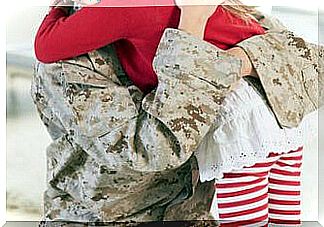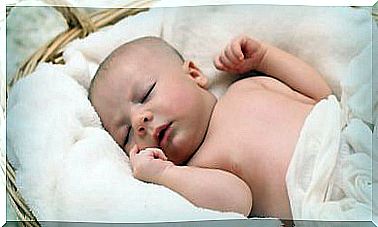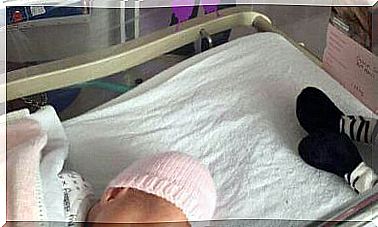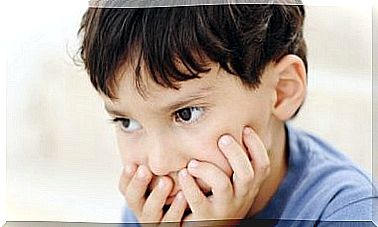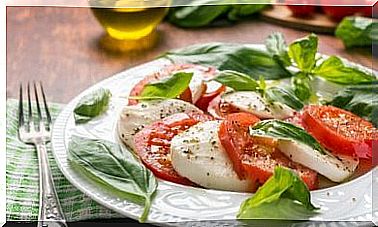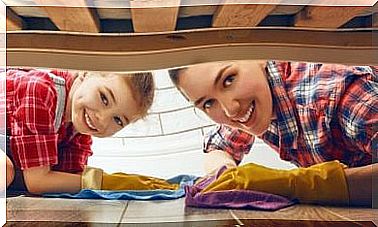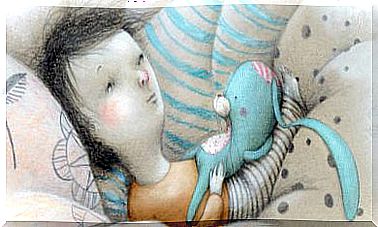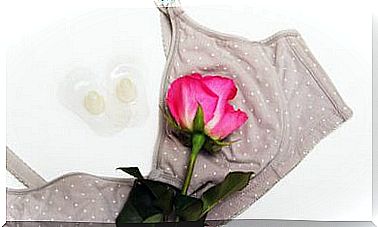How You Can Explain The Water Cycle To Your Children
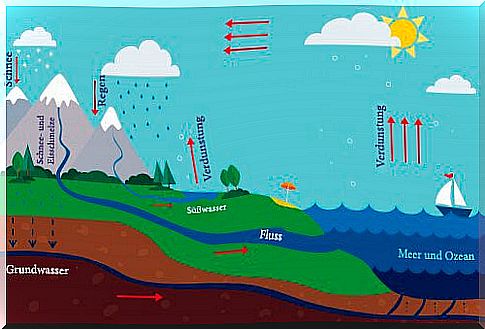
How exactly does water change from one state to another? In today’s article, we’re going to answer this question in a fun and fun way so you can teach your kids about the water cycle.
Water is an essential element on earth: 75% of the earth’s surface is covered with water, but only 3.5% of it is fresh water. However, 69% of this fresh water is frozen, the remaining 31% is liquid. This water flows in the rivers and under the surface of the earth. In addition, water circulates in the atmosphere in a gaseous state.
What is the water cycle?
Water is a molecule made up of two hydrogen atoms and one oxygen atom. It is also tasteless, colorless, and odorless. In addition, it can come in three states: liquid (the water we drink), solid (the ice cubes that cool us down in summer), or gaseous (water vapor that gets into the atmosphere).
The water changes its physical state several times in the so-called water cycle. This change is caused by the sun, which evaporates liquid water from the seas and lakes into the atmosphere. From there, the water then returns to the earth due to gravity, wind and temperature changes in the form of rain, snow or hail.
We humans and all living beings on earth also contribute to this cycle. We drink water and then excrete it again.
How can you explain this cycle to your children?
The hydrosphere is the entirety of the water on earth. This not only includes the water in the seas, oceans and rivers. The glaciers also form an important part of the hydrosphere. They consist of different layers of ice and swim in the oceans. There are also glaciers in the mountains.
The liquid water of the oceans, lakes or rivers evaporates due to the heat generated by the sun. These evaporated water particles then rise and condense in the atmosphere. There the water vapor cools down and condenses into small water droplets, from which clouds then form.
The wind then moves the clouds to colder regions and empties themselves in the form of rain, snow or hail. This will bring the water back to earth. When it rains or snows in the mountains, this water ends up in the rivers or it seeps into the ground and becomes groundwater.
Explain the water cycle to your children with an experiment
Material for the experiment
- Two glass bowls. If you don’t have glass bowls, you can use clear plastic bowls.
- Food coloring
- 1 teaspoon of salt
- Cling film
- 1 apple
Carrying out the experiment
- First you need to slightly heat the water. Then you add the salt and the food coloring. Heat the water until the salt has completely dissolved.
- When the salt is dissolved, pour the colored salt water into a large glass bowl. Then you put a smaller glass bowl in the middle of that bowl.
- Cover the bowl with cling film, then place an apple in the middle to weigh the film down. Then you put both bowls on a window sill on which the sun is shining.
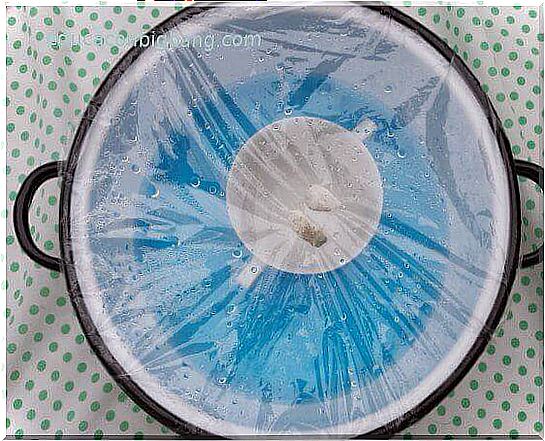
- After a while, you will see that some water has built up on the inside of the foil. This is evaporated and condensed water.
- Now press this water into the middle of the foil so that water droplets form from it. These will now drip into the smaller bowl.
Results of the water cycle experiment
When the water is heated, it evaporates. As soon as it gets to the cling film, it cannot rise any higher. This is exactly what happens when the water enters the atmosphere. Then the water cools down again and water droplets form, which you can see on the foil. And this is exactly how clouds form in nature.
If you try the water that has collected in the small bowl, you will find that it is colorless and tasteless, just like rainwater.
We hope that you can explain the water cycle to your children in a fun way with this simple experiment .
